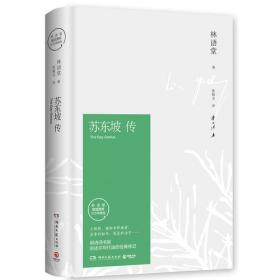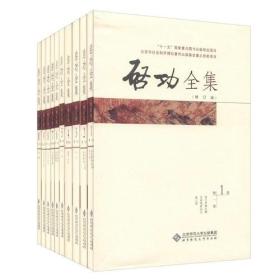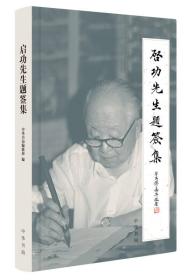
双语教学论欧卫红 等北京大学出版社9787301158326全新正版
¥ 33.52 8.8折 ¥ 38 全新
仅1件
河南平顶山
认证卖家担保交易快速发货售后保障
作者欧卫红 等
出版社北京大学出版社
ISBN9787301158326
出版时间2010-06
装帧平装
开本32开
定价38元
货号11538751
上书时间2024-09-04
- 店主推荐
- 最新上架
商品详情
- 品相描述:全新
- 商品描述
-
目录
Chapter One Basic Theories
I.I Theories of first language acquisition and learning
1.1.1 Language acquisition and language learning
1.1.2 Theories of first language acquisition
1.1.3 Language acquisition view of cognitive linguistics
1.1.4 Language development
1.1.5 The critical period hypothesis
1.2 Theories of second language learning and acquisition
1.2.1 Critical period of second language learning and acquisition
1.2.2 Theories of second language acquisition
1.2.3 Practical pedagogical implications of SLA research
1.2.4 Individual learner differences and second language acquisition
1.2.5 Interlanguage
1.3 Theories of bilingual learning and acquisition
1.3.1 Appellation
1.3.2 Definitions
1.3.3 Types of bilingual teaching models
1.3.4 Bilingual education examples across the world
1.3.5 Chinese-English bilingual teaching in China
1.3.6 The critical period hypothesis of bilingual teaching
Chapter Two Teaching Methodology
2.1 Main ideas about English teaching methodology
2.1.1 Language and language teaching
2.1.2 The New National English Curriculum
2.1.3 Current English teaching methodology
2.1.4 Lesson planning
2.1.5 Classroom management
2.1.6 Assessment in language teaching
2.1.7 Classroom English
2.2 Main ideas about subject methodology
2.2.1 Main ideas about math teaching methodology
2.2.2 Main ideas about science teaching methodology
2.2.3 Main ideas about music teaching methodology
2.3 Main ideas about bilingual teaching methodology
2.3.1 Teaching goals
2.3.2 Teaching models and strategies
2.3.3 Code switching
2.3.4 Bilingual teaching methodology in some subjects
Reference books
Chapter Three Grammatical Points for Bilingual Teaching
3.1 Verb andtense
3.1.I Main verbs
3.1.2 Auxiliaries
3.1.3 Tenses
3.2 Subject-Verb concord
3.2.1 Brief introduction about concord
3.2.2 The common rule of agreement
3.3 Participle
3.4 Commonly used sentence patterns
3.4.1 Existential sentence pattern
3.4.2 It-patterns
3.4.3 Conditional sentences
3.5 Simple sentence
3.5.1 Positive and negative statements
3.5.2 Questions
3.5.3 Commands
3.5.4 Exclamations
3.6 Clause
3.6.1 Clause element
3.6.2 Basic clause types
3.7 Degree and construction
3.7.1 Degree of adjectives and adverbs
3.7.2 Typical comparative structures
3.8 Direct and indirect speech
3.9 Infinitive
3.10 Passive voice
3.11 Some issues
Reference books
Chapter Four Resources for Bilingual Classroom Teaching
4.1 Subject English words and expressions
4.1.1 Mathematics
4.1.2 Science
4.1.3 Music
4.2 Sample lesson plan analysis
4.2.1 Sample 1
Analysis of Sample 1
4.2.2 Sample 2
Analysis of Sample 2
4.2.3 Sample 3
Chapter Five Teacher Development
5.1 Introduction to teacher development and its research
5.1.1 Some concepts in teacher development
5.1.2 The importance of teachers professional development
5.1.3 Approaches to teacher development
5.2 Teacher development inbilingual teaching
5.2.1 Building subject expertise
5.2.2 Improving Language proficiency
5.2.3 Developing bilingual teaching skills
Glossary and Index
内容摘要
本书共5章:语言学基本理论;教学法;语法要点;教学资源;教师发展。除第4章外,其余各章都以英汉两种语言陈述,英语为主、汉语为辅,英语部分自成体系,汉语部分是前者的要点呈现。
主编推荐
《双语教学论》:中国教育学会“十一五”重点科研课题双语教学研究成果。
— 没有更多了 —





















以下为对购买帮助不大的评价